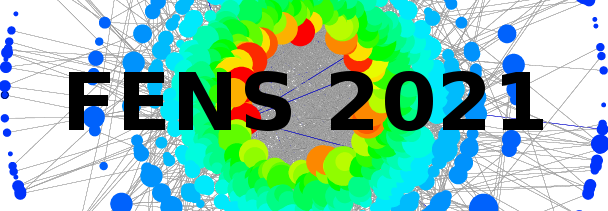Speaker
Description
The main goal of our work is to show how ideas change in social networks. Our analysis is based on three concepts: (i) temporal networks [1], (ii) the Axelrod model of culture dissemination [2], (iii) the garbage can model of organizational choice [3]. The use of the concept of temporal networks allows us to show the dynamics of ideas spreading processes in networks, thanks to the analysis of contacts between agents in networks. The Axelrod culture dissemination model allows us to use the importance of cooperative behavior for the dynamics of ideas disseminated in networks. In the third model decisions on solutions of problems are made as an outcome of sequences of pseudorandom numbers. The origin of this model is the Herbert Simon’s view on bounded rationality [4].
In the Axelrod model, ideas are conveyed by chains of symbols. The outcome of the model should be the diversity of evolving ideas as dependent on the chain length, on the number of possible values of symbols and on the threshold value of Hamming distance which enables the combination.
[1] P. Holme and J. Saramaki, Temporal networks, Phys. Rep. 519, 97 (2012).
[2] R. Axelrod, The dissemination of culture: a model of local convergence and global polarization, J. of Conflict Resolution 41, 203 (1997).
[3] M. D. Cohen, J. G. March and J.P. Olsen, A garbage can model of organizational choice, Administrative Science Quarterly 17, 1 (1972).
[4] H. A. Simon, A behavioral theory of rational choice, The Quarterly J. of Economics 69, 99 (1955).

